The history of AIDS in Uganda can be divided into three distinct phases.
The first stage saw the rapid spread of HIV through urban sexual networks and along major highways from its origin in the Lake Victoria region. Doctors in this area had become aware of a surge in cases of severe wasting known locally as ‘slim disease’, as well as a large number of fatal opportunistic infections In 1982, the first AIDS case in Uganda was diagnosed, and the link between ‘slim disease’ and AIDS was clinically recognized. It was not until 1986 when the Ugandan civil war ended and President Museveni was firmly in power that the country had a major HIV prevention programme. By this time the country was in the midst of a major epidemic, with a prevalence of up to 29 percent in urban areas.
Uganda’s first AIDS control programme was set up in 1987 to educate the public about how to avoid becoming infected with HIV. The programme promoted the ABC approach (abstain, be faithful, use condoms), ensured the safety of the blood supply and started HIV surveillance. Strong political leadership and commitment to tackling the rampaging AIDS epidemic was a key feature of the early response to AIDS in Uganda.
Prevention work at grass-roots level also began in this era, with a multitude of small organizations educating their peers about HIV. One of the first community-based organizations formed was TASO, The AIDS Support Organization, which was run by sixteen volunteers who had been personally affected by HIV/AIDS. TASO later became the largest indigenous AIDS service organization providing HIV/AIDS services in Uganda and Africa, and providing emotional and medical support to many thousands of people who are HIV positive.
The second phase of the Ugandan HIV epidemic ran from 1992 to 2000. During this period the HIV prevalence fell dramatically, from a peak in 1991 of around 15 percent among all adults, and over 30 percent among pregnant women in the cities, to around 5 percent in 2001.
It is thought the government’s ABC prevention campaign was partly responsible for the decline in prevalence. However, as treatment was not widely available in Uganda during this time the high numbers of AIDS-related deaths also contributed to the reduction in the number of people living with HIV.
The Ugandan government’s prevention initiatives continued throughout the nineties with high levels of funding from both the government and international donors such as the World Bank. In 1998, the government ran a trial to test the feasibility of rolling out antiretroviral treatment to people in developing countries.
The third phase of HIV/AIDS in Uganda has seen the stabilization of prevalence from 2000-2005, and reports of a slight increase in prevalence since 2006.
Free antiretroviral drugs have been available in Uganda since 2004. It is thought that the introduction of HIV drugs may have led to complacency about HIV as AIDS is no longer an immediate death sentence. Many experts have also speculated that Uganda’s shift in prevention policy away from ABC towards US-backed abstinence-only programmes may also be responsible for an increase in risky behaviour, as comprehensive sex education and condom promotion are no longer mainstream, today 2023 as things involve due to a number of HIV/AIDS patients free drugs are available to those already on the program the rest are burdened to pay for themselves at a tune of $450 monthly which is another death root to hundreds as very few can afford it.
The remaining challenge to most of patients is the provision of food because these drugs are directed before you take them to eat food which according to our servey is the biggest problem now.
HIV/AIDS IN MITYANA DISTRICT
Mildmay has registered 5600 patients who receives antiretroviral drugs for free and C.N. to 2700 patients at Mityana referral hospital and below are some of these patients with belief stories of their lives with HIV/AIDS.
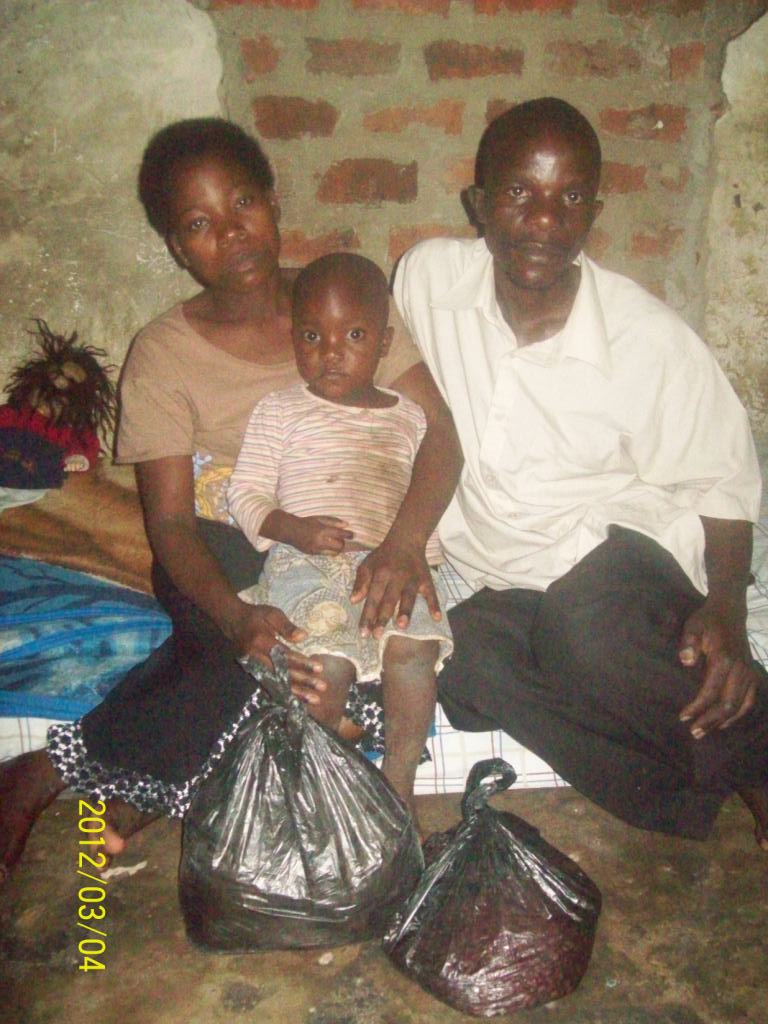 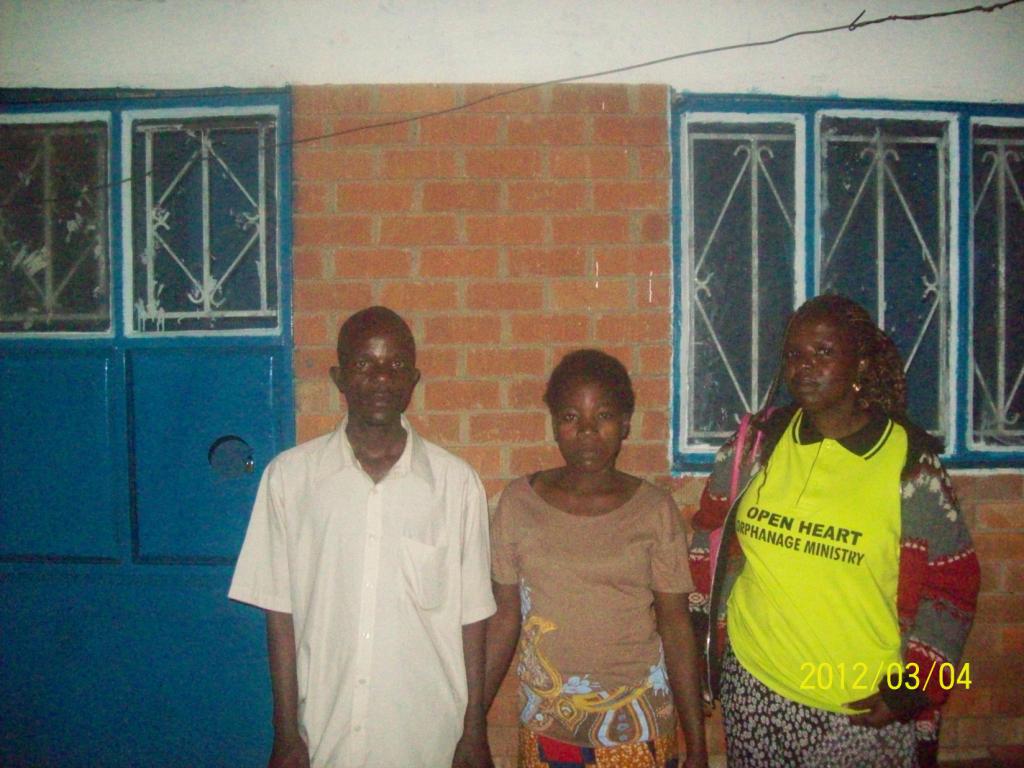
HUSBAND AND WIFE WITH THEIR KID A NEW HOUSE RENTED FOR THEM
The family you see in the photo above they are Ronald Tamale 35 years the husband and the wife Annet Etomet 21 years with their young daughter of three and a half years old. they were diagonised since January/2011. The husband was a builder cared for his family but due to sickness now he is so weak no job at all. when they had no were to sleep one house lord gave them one room without payment because they cannot afford on condition that when he gets some one to rent this room they would go any were. Right now the house lord one week back got some one to rent this room so he gave them one week to live his room. right now they are so sick and no job at all. Their biggest problem is feeding but right now renting has gone worse. We have managed to get for them a house we paid some three months. from there we ask you to join us continue helping this family.
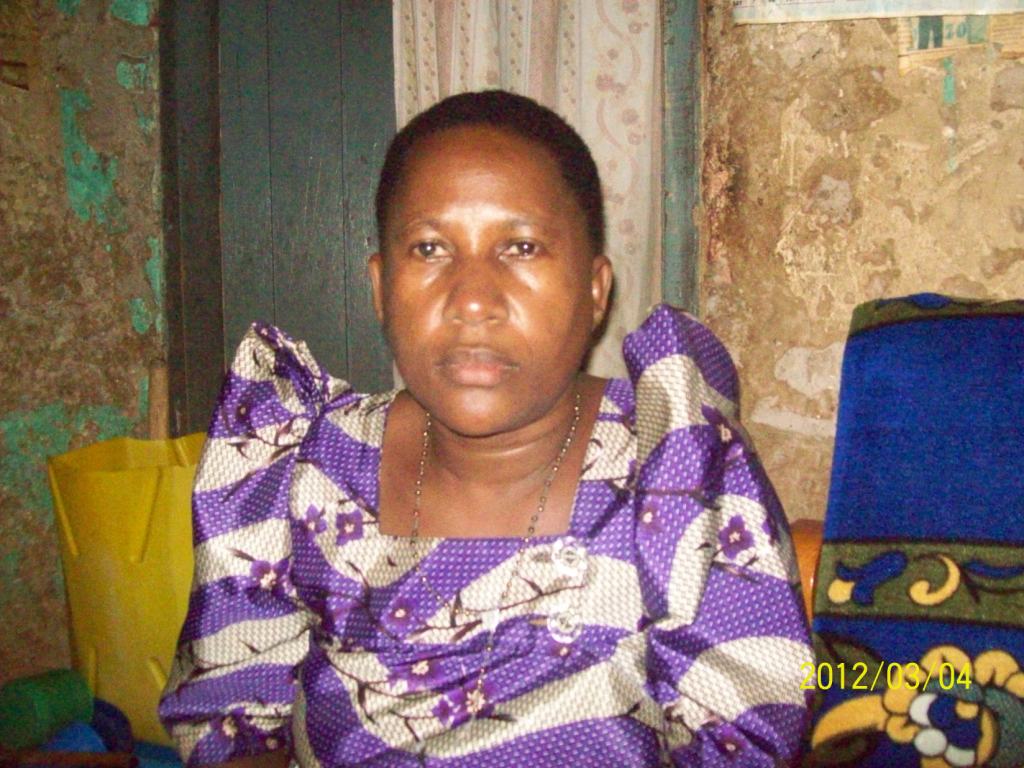
Names: Nampijja Noelina Age: 47 Location: Kiweesa Local council 1
She takes care of her kids one girl and one boy husband died she was diagonized with HIV/AIDS in 2005/February and then began to take antiretroviral drugs, her eye got a problem after 4 years of taking these drugs our volunteer HIV/AIDS clinical nurse told us that, it may be poor feeding and days without yet taking drugs daily.
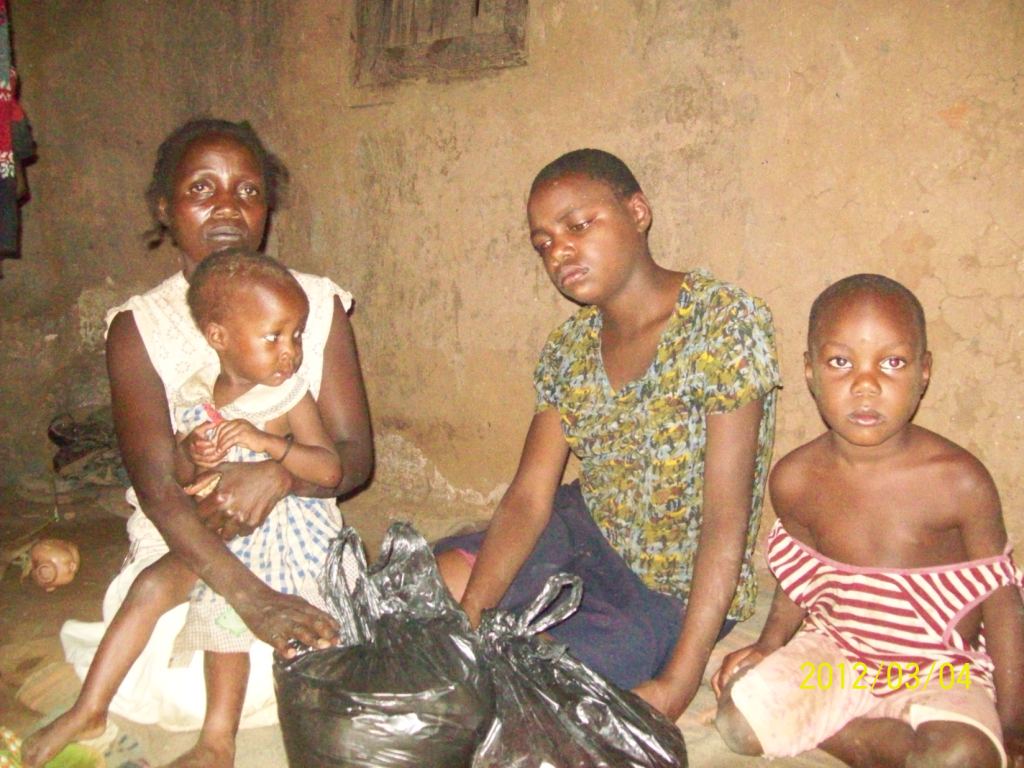
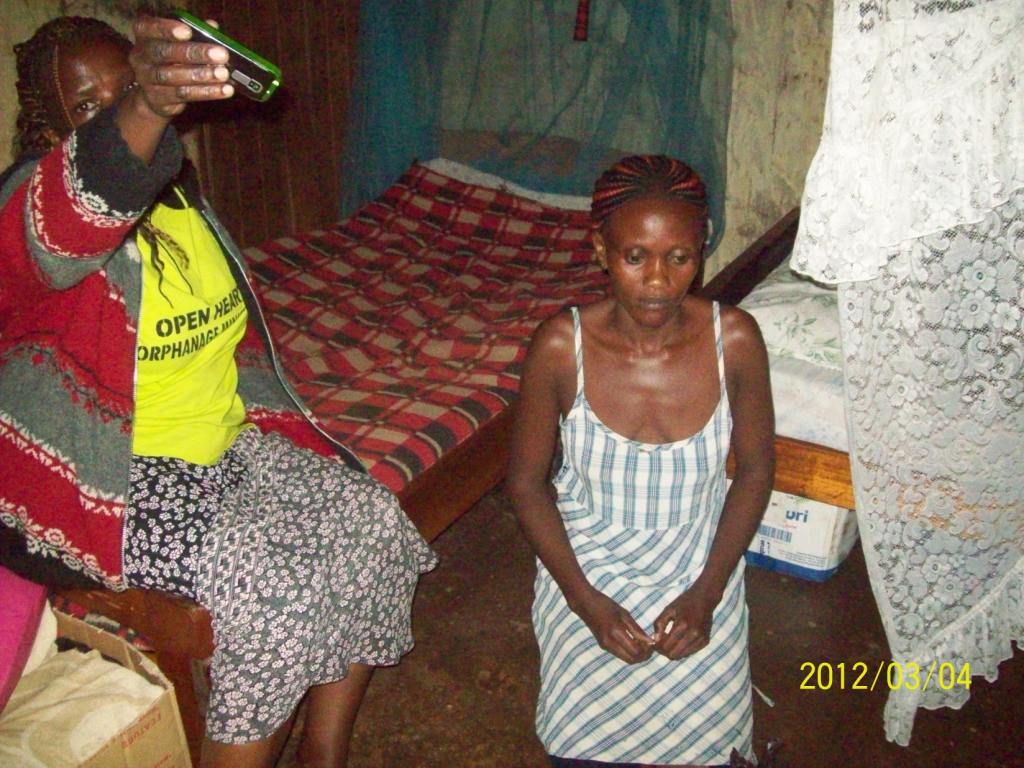
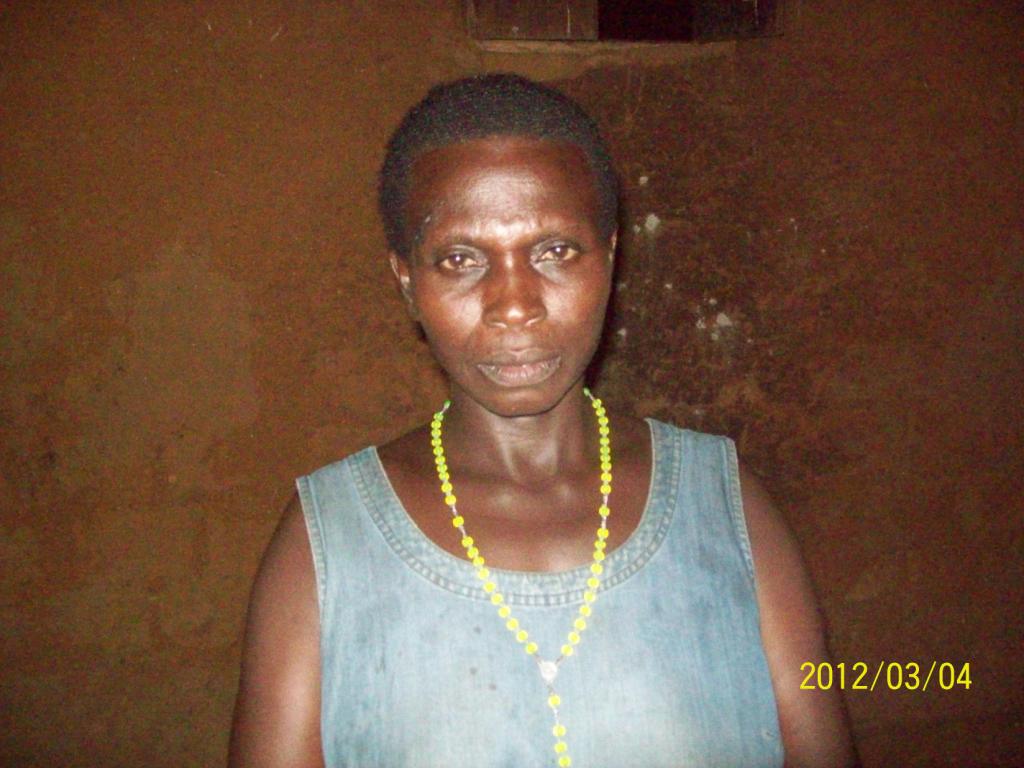
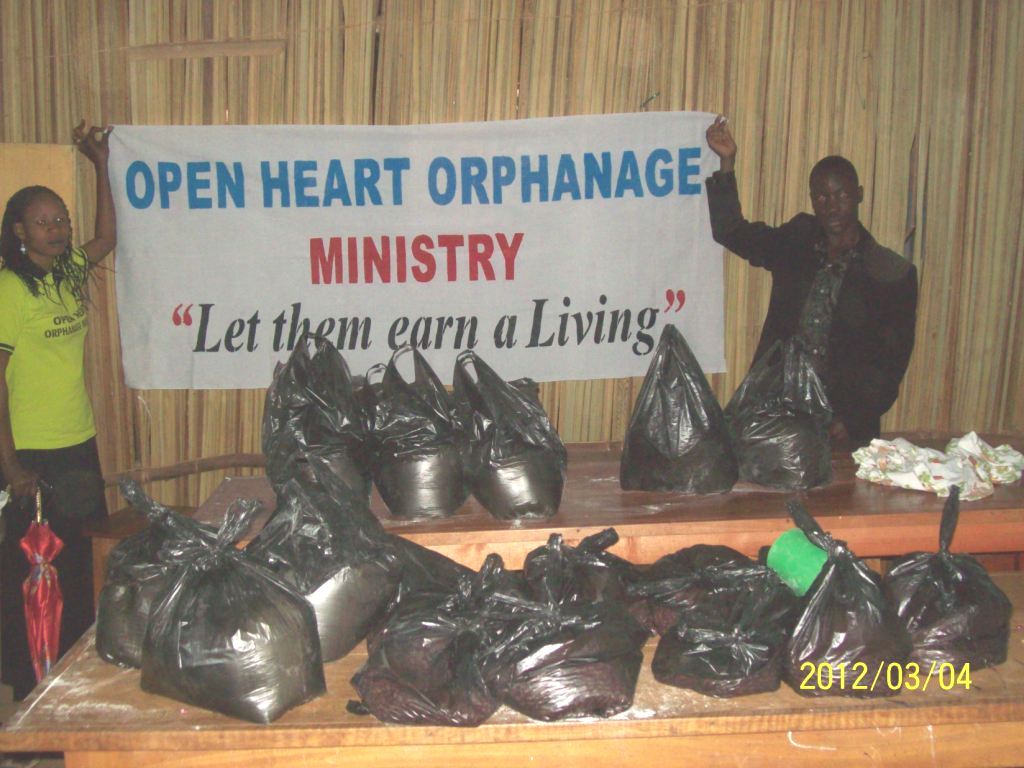
|